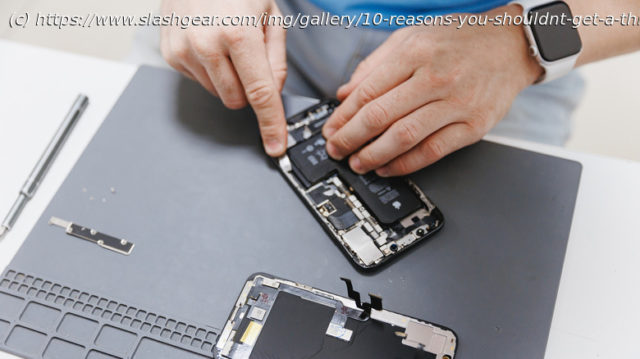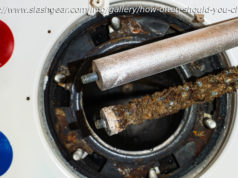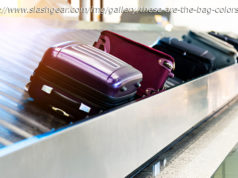Replacing the battery in a cell phone used to be a lot simpler. Here’s why you should avoid third parties when shopping for a replacement for your iPhone.
Most flagship phones nowadays are quite expensive, comfortably breaching the $1,000 mark. As a result, the majority of consumers spending so much money on a phone would want to use it for a long period — perhaps 3 or 4 years at the very least. While modern-day phones have capable hardware that can easily last for several years, there is one component that degrades over time and needs to be replaced: the battery. If you have an iPhone, you can view the battery health in the Settings menu. It starts at 100% and gradually depletes with usage. Once the number drops below 80%, you may have to get the battery replaced, since it would affect the performance and endurance of the phone.
The simplest and best way to go about it would be to take your iPhone to the nearest Apple Store and get the battery replaced at the Genius Bar. However, some users may consider getting an aftermarket battery replacement via a third-party vendor or store. While it may end up being more cost-effective, it can cause several issues and ruin the experience of using your iPhone. From safety hazards like a swollen battery that can potentially catch fire to reduced performance and endurance, the risks and compromises simply aren’t worth it. Here are 10 reasons you shouldn’t opt for a third-party battery for your iPhone and should, instead, get it replaced straight from Apple or do it yourself. Safety concerns
Several brands make replacement batteries for iPhones. While some of them may be good or close to the original one, you never know what manufacturing process was followed, or whether its rated capacity is under safe limits. Lithium-ion batteries are complex components that require precise chemistry and construction. Even slight errors can lead to massive catastrophes, like we saw with the Samsung Galaxy Note 7 a few years ago. Some probable safety concerns of using a third-party battery include the battery swelling up to a point where the display or the back of the phone starts separating from the chassis. This can not only ruin other components like the screen but also compromise the water resistance of the phone.
The bigger issue, though, is that a swollen battery is a massive fire hazard. Due to chemical reactions inside a battery, a small puncture to the surface of the battery can ignite a fire. Hence, carrying a phone with an inflated battery is highly dangerous. If the replacement battery isn’t put together well, or it’s not resistant to higher temperatures, it may swell up and cause damage not only to your iPhone but also your surroundings and, potentially, life. Since an official replacement part from Apple undergoes several quality checks, the chances of the battery swelling up or bursting into flames are extremely slim.Unknown part errors
Apple is known to serialize and lock the parts of an iPhone to its motherboard. In simple terms, all the individual components of an iPhone, like the cameras, display, or battery, are programmed to work together with the same motherboard. If you replace any of these parts, they need to be reprogrammed by Apple. Otherwise, the iPhone will keep throwing an error that the replacement part is unknown. While the phone may work normally, constant error messages popping up on the screen can certainly ruin the experience of using the phone. This is exactly what would happen if you get a third-party battery for your iPhone. Even if you get a used battery from a different iPhone, it may not work well with your device due to the different serial numbers.
While your iPhone will continue to work, you will see the Unknown Part error while using the phone or every time you open the Settings app. Apart from the annoying pop-ups with the error message, this may also result in your iPhone not reporting the battery level accurately, since it thinks the battery is non-genuine. So your iPhone’s battery may die when it’s at 20%, because the software isn’t reporting the exact value. When you get a replacement directly from Apple or via an authorized service center, they’ll reprogram the replacement battery using a special device. If you opt to replace the battery yourself via Apple’s self-service repair program, you can carry out the process by yourself.Reduced battery life
Every iPhone battery has a certain capacity measured in milliampere hours or mAh. This capacity determines how long your iPhone will last on a single charge. Generally, the larger the mAh number, the longer the battery life of the phone. Of course, there are other factors, like software, optimization, and user habits, that influence the battery life. But the battery capacity is the most important factor. If you want to maximize your iPhone’s battery, the battery with the maximum rated capacity is the way to go. That’s exactly what you would get with an official battery replacement from Apple. However, if you opt for a third-party option, there’s no guarantee that the battery is of the same capacity as the original one that shipped with the phone.






